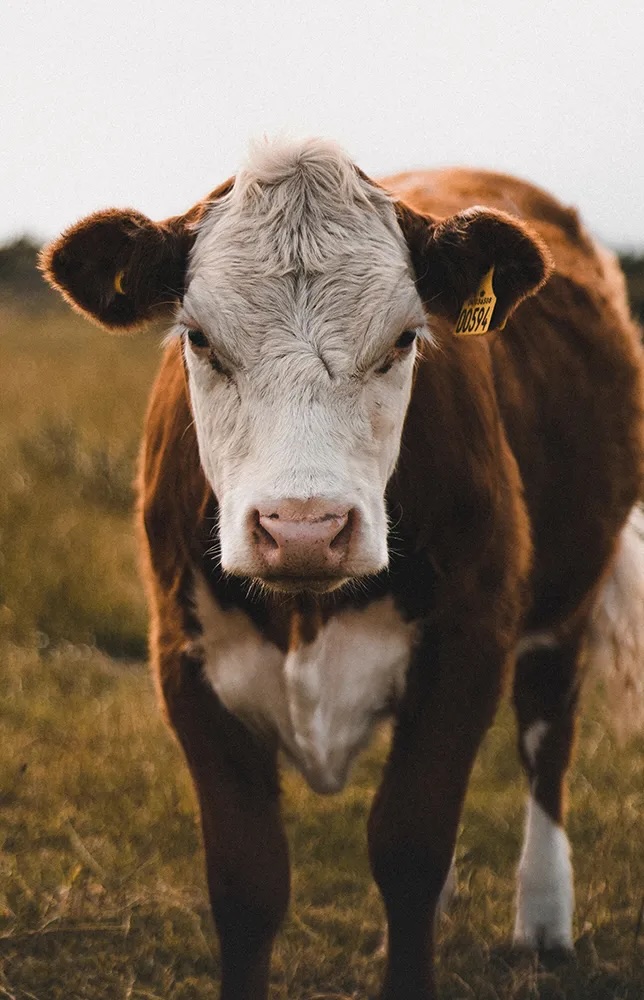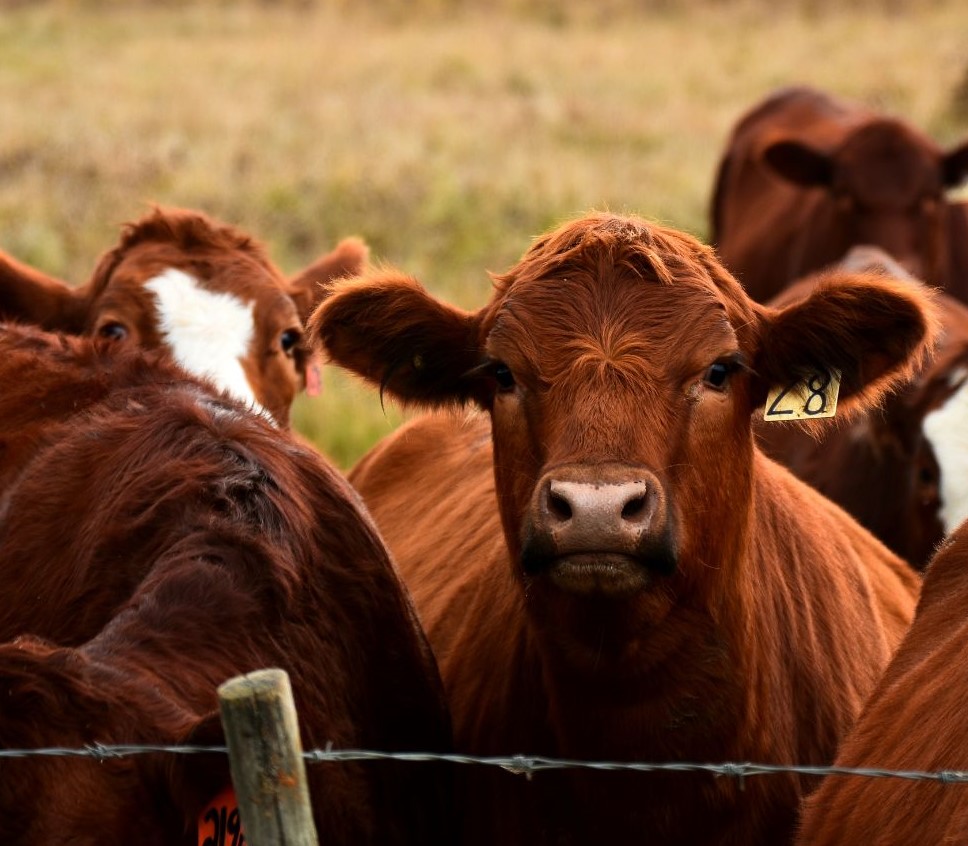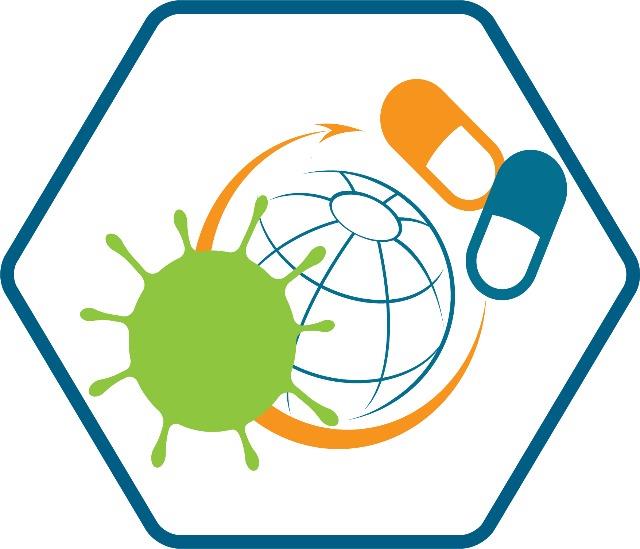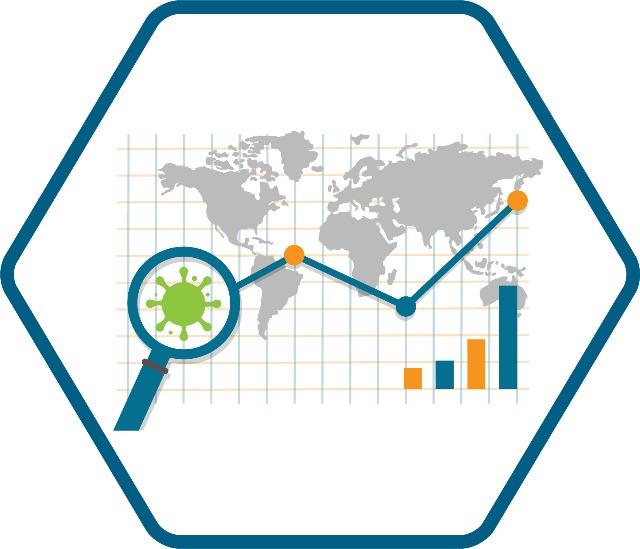Membership of the WeCAHN expert beef network includes beef cow-calf veterinary practitioners, laboratory diagnosticians, veterinary college researchers, provincial ministry staff including veterinary epidemiologists, and representatives from the Canadian Cow-Calf Surveillance Health Enhancement and Productivity Network and the Canadian Integrated Program for Antimicrobial Resistance Surveillance (CIPARS) feedlot program.
Latest additions to WeCAHN beef network reports
READ MORE
Foot and Mouth Disease: Outbreak in Germany, and information for Canadian producers

Foot and Mouth Disease in Hungary 7th March 2025
Hungary reported an outbreak of foot and mouth disease (FMD) in cattle 7th March 2025, making this the first occurrence of the disease since 1973 in the country.
More information here
CFIA: Foot and mouth disease (FMD)
Foot and mouth disease is a severe, highly communicable viral disease of cattle and swine, which also affects sheep, goats, deer and other cloven-hoofed ruminants (horses are not affected). Signs of the disease include fever and blister-like sores on the tongue and lips, in the mouth, on the teats and between the hooves; many affected animals recover, but are left weakened and debilitated from FMD.
In Canada, FMD is a reportable disease under the Health of Animals Act. All suspected cases must be reported to the CFIA.
Learn more here
Overview of foot and mouth disease
The Beef Cattle Research Council (BCRC) provides an overview of foot and mouth disease, including clinical signs and diagnosis, transmission, and prevention strategies.
Learn more here
Overview of the situation in Germany
The World Organisation for Animal Health (WOAH) provides updates on Foot and Mouth Disease (FMD) cases in Germany through its online dashboard.
Visit the WOAH dashboard
Situation report
This preliminary outbreak assessment provides an update on the Foot and Mouth Disease (FMD) outbreak in Germany, including details on the response measures, trade implications, and potential risks for the UK.
View the full report
WeCAHN Podcast: Foreign animal disease planning and prevention for cattle
Dr. Karin Orsel, a professor in epidemiology and infectious diseases from the University of Calgary, has some up close and personal experience with the impacts of bovine infectious disease outbreaks for some diseases of cattle that currently don’t exist in Canada. These foreign animal diseases, such as foot and mouth disease, are kept out of Canada only by the strength of our farm biosecurity and through the ongoing monitoring and reporting of any signs of concern to veterinary regulators for further investigation. Her experiences highlight the importance of vigilance and traceability in the cattle sector to ensure the health of our cattle and the security of our food systems.
Listen to this episode
WeCAHN Podcast: Outbreak supports network
Dr. Betty Althouse joins us to discuss a new Outbreak Support Network, funded by CWSHIN and working in collaboration with WeCAHN. This network is tasked with helping to ensure clear communications and efficient allocation of resources between producers, veterinarians and regulatory authorities in future disease incidents.
Listen to this episode
Spring 2025: Calving Season Information
Colostrum management for beef calves video
Dr. Claire Windeyer, veterinarian and associate professor in the department of production animal health at the University of Calgary, shares evidenced-based information about managing colostrum for beef calves. This video was produced with the support of BCRC, the University of Calgary, and Ag for Life.
LINK
Beef cow-calf vaccination planning podcast
Dr. Joyce Van Donkersgoed, a beef veterinarian and epidemiologist, shares recent results from producer and veterinarian surveys regarding beef cattle vaccination. She also provides a number of beef health vaccination planning resources and decision-making tools developed by a research team of cattle experts to support the valid veterinary-client-patient relationship. This podcast was produced by WeCAHN.
LINK
Zoonosis Risks and Calving Season
In the heat of the moment it's easy to forget the potential human risks around helping with lambing calving. Intervening in a ruminant (cattle/sheep/goat) birthing may mean you are unknowingly exposed to animal pathogens which can produce life-changing human infections, such as Coxeilla burnetii, the bacterium causing Q fever. WeCAHN has information to help you protect yourself and family members from zoonotic diseases.
Zoonotic disease of cattle podcast
Dr. Sylvia Checkley, veterinarian, epidemiologist and associate professor in ecosystem and public health at the University of Calgary, discusses the diseases of cattle that can be transmitted to people (zoonotic diseases). These should be on the radar for anyone working regularly with cattle or calves - producers and veterinarians alike. This podcast was produced by WeCAHN.
LINK
Research project on bovine anaplasmosis
Project Goals
i. Determine the occurrence of anaplasmosis within beef cattle herds in western Canada.
ii. Survey herd management practices that may affect the risk of anaplasmosis.
iii. Develop a chute-side test that can detect infected cattle quickly.
What we will do
i. Test beef cattle herds, ticks and flies for Anaplasma.
ii. Conduct an online survey to document current cattle husbandry practices.
iii. Use cattle blood to develop a test that detects Anaplasma marginale, but not bacteria that
don’t cause anaplasmosis
Project Outcomes
i. Current representation of risk factors for bovine anaplasmosis, including where anaplasmosis occurs & animal management practices
ii. Quick and simple diagnostic tool to detect animals infected with A. marginale
iii. Development of practical and appropriate methods for preventing the introduction and spread of anaplasmosis in beef cattle herds.
iv. Quick and effective response to infections for improved animal health and welfare.
For more information or to volunteer, please contact
Shaun Dergousoff, project lead
Agriculture and Agri-Food Canada
(shaun.dergousoff@agr.gc.ca)

What's new in the information library
READ MORE
Foreign Animal Disease Preparedness and Prevention for Cattle
Dr. Karin Orsel, a professor in epidemiology and infectious diseases from the University of Calgary, has some up close and personal experience with the impacts of bovine infectious diseases of cattle that currently don’t exist in Canada.
These foreign animal diseases, such as foot and mouth disease, are kept out of Canada only by the strength of our farm biosecurity and through the ongoing monitoring and reporting of any of signs of concern to veterinarians for further investigation. Her experiences highlight the importance of vigilance and traceability in the cattle sector to ensure the health of our cattle and the security of our food systems.
Update: Beef cow-calf vaccine project overview
Dr. Joyce Van Donkersgoed, a beef veterinarian and epidemiologist, shares recent results from producer and veterinarian surveys regarding beef cattle vaccination. She also provides a number of beef health vaccination planning resources and decision-making tools developed by a research team of cattle experts to support the valid veterinary-client-patient relationship.
Zoonotic diseases of cattle
Dr. Sylvia Checkley, veterinarian, epidemiologist and associate professor in ecosystem and public health at the University of Calgary, discusses the diseases of cattle that can be transmitted to people (zoonotic diseases). These should be on the radar for anyone working regularly with cattle or calves - producers and veterinarians alike.
Hepatic necrosis in beef calves Spring 2022
In the spring of 2022, roughly 2 dozen cases of severe hepatic necrosis were identified in neonatal beef calves were identified by the Diagnostic Services Unit at the University of Calgary Faculty of Veterinary Medicine, and Prairie Diagnostic Services. A short summary of the investigations to date follows.
Severe Foot Lameness in Weaned Calves, Winter 2023
In early 2023 two lots of weaned calves (one over-wintered bulls, one assembled feeder steers) were identified experiencing severe foot lameness, with common features of coronary band vasculitis and hoof wall separation. A short summary of the investigation to date follows:
Latest additions to WeCAHN beef surveillance projects and programs library
READ MORE
Visitors using older browsers please note that for each of the following graphics below, hovering underneath the black font text will identify the area (“READ MORE”) to click on, to access the linked web pages.

Emerging issues
Information on emerging beef health problems including antimicrobial resistance, emerging diseases, and zoonoses

Infographics and summaries
Short summaries of beef health and surveillance topics

What do other people do: International beef surveillance, research, and foreign animal diseases
Foreign diseases in cattle, international cattle surveillance, and research